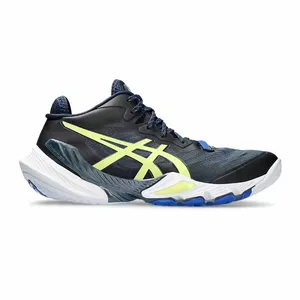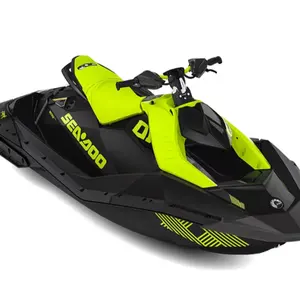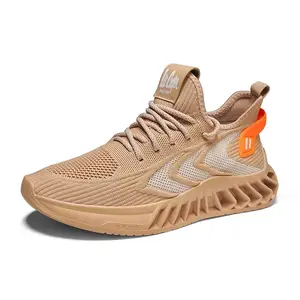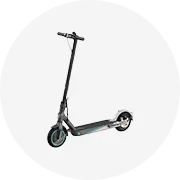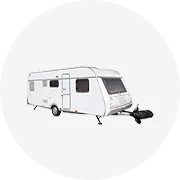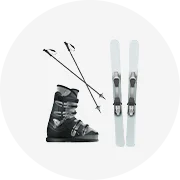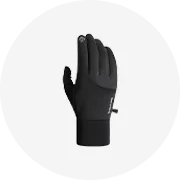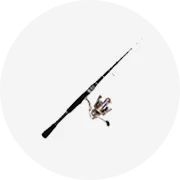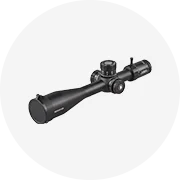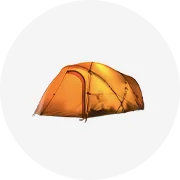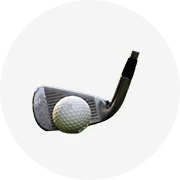































































Related Searches:





































































































Top categories
About 26x4.0 fat bike rims
Exploring the Dynamics of 26x4.0 Fat Bike Rims
The 26x4.0 fat bike rims represent a specialized category in the cycling world, designed to support riders across varied terrains with stability and comfort. These rims are integral to the performance of fat bikes, which are known for their ability to navigate through challenging surfaces such as snow, sand, and mud.
Components and Construction
At the core of the 26x4.0 fat bike rims are four essential components: hubs, bearings, spokes, and nipples. The hub serves as the pivotal point, allowing the wheel to spin smoothly around the bearings. The spokes, crafted from durable materials, branch out from the hub to the rim, distributing pressure evenly and maintaining the wheel's integrity. Nipples, typically fashioned from brass for longevity or aluminum for weight reduction, provide the necessary tension to the spokes.
Types and Applications
Diverse in their applications, fat bike wheels come in various types, each tailored to specific riding conditions. Shallow section wheels are versatile, suitable for a range of riding styles, while deep-section wheels are optimized for aerodynamic efficiency, ideal for flat terrains. Mid-section wheels strike a balance, offering a lightweight design that doesn't compromise on speed, making them adaptable to both climbs and flat rides.
Material and Features
The materials used in fat bike rims are chosen for their strength and weight characteristics. Aluminum is a common choice, providing a lightweight yet robust structure that enhances the bike's overall performance. The design of these rims also focuses on reducing rotational mass, which is crucial for maintaining momentum and reducing rider fatigue.
Advantages of 26x4.0 Fat Bike Rims
The advantages of 26-inch fat bike rims are numerous. Their width offers a larger contact area with the ground, resulting in improved traction and stability. This is particularly beneficial for cyclists who traverse loose or slippery surfaces. Additionally, the volume of air within the tires acts as a natural shock absorber, making for a smoother ride over bumps and dips.
For those interested in exploring the variety of fat tire bike rims available, Alibaba.com provides a comprehensive platform where numerous suppliers showcase their products. With a focus on the 26x4.0 fat bike rims, the platform facilitates the discovery of a wide array of options to suit different cycling needs.
